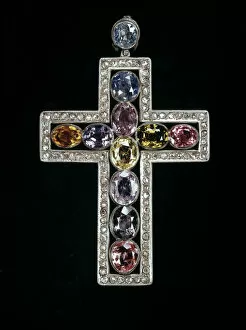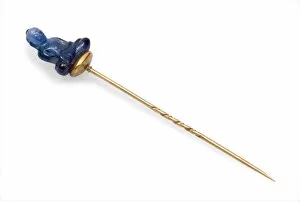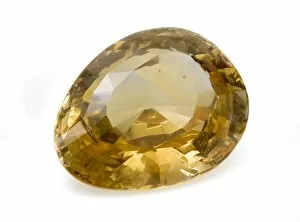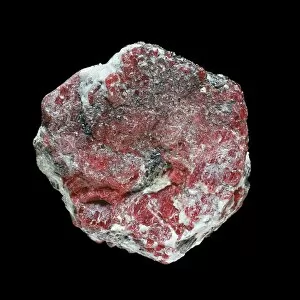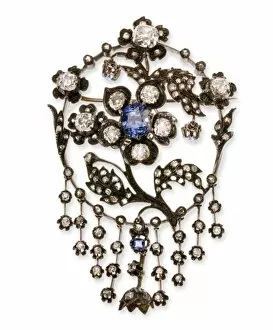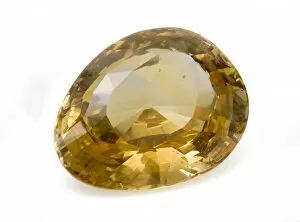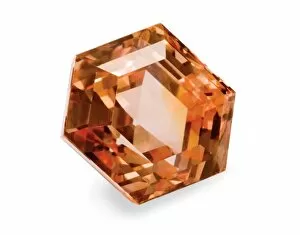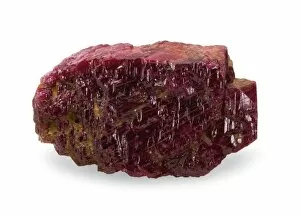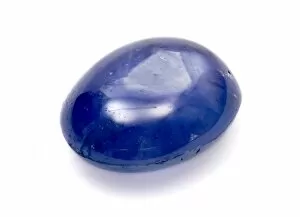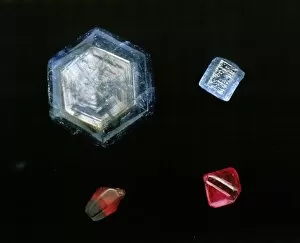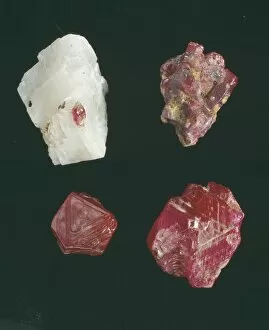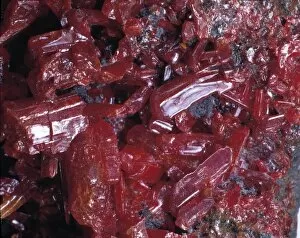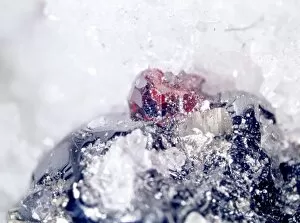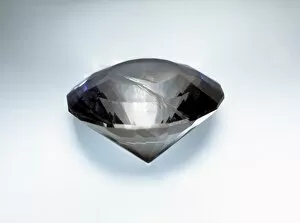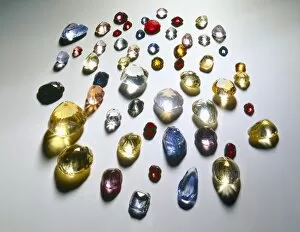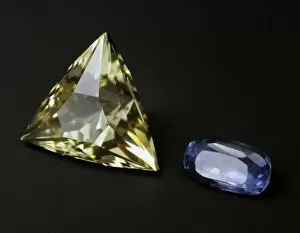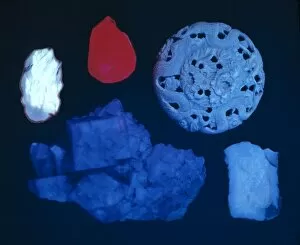Hematite Group Collection
The captivating allure of the hematite group is beautifully showcased in this mesmerizing collection
For sale as Licensed Images
Choose your image, Select your licence and Download the media
The captivating allure of the hematite group is beautifully showcased in this mesmerizing collection. From the deep red hues reminiscent of a crucifix to the vibrant corundum variety ruby, each crystal and gem exudes an enchanting energy. The yellow sapphire C016 / 6139 radiates warmth and positivity, while the cursed amethyst C016 / 6143 holds a mysterious charm that captivates all who gaze upon it. Intriguingly, the ruby C016 / 5626 boasts a fiery intensity that ignites passion within its beholder. The haematite mineral specimen C016 / 5115 showcases nature's artistry with its intricate patterns and rich earthy tones. Hematite itself possesses a unique magnetic quality that draws attention effortlessly. Adding further elegance to this collection is the diamond flower brooch, which sparkles with timeless beauty against hematite's dark backdrop. The combination of hematite and yellow sapphire creates an exquisite contrast between strength and serenity, while padparadscha adds a touch of exoticism to any ensemble. Lastly, blue sapphire completes this remarkable assortment by evoking feelings of tranquility and wisdom. As you explore these magnificent gems from the hematite group, prepare to be enchanted by their individuality and profound beauty – for they are truly treasures worth cherishing forevermore.

